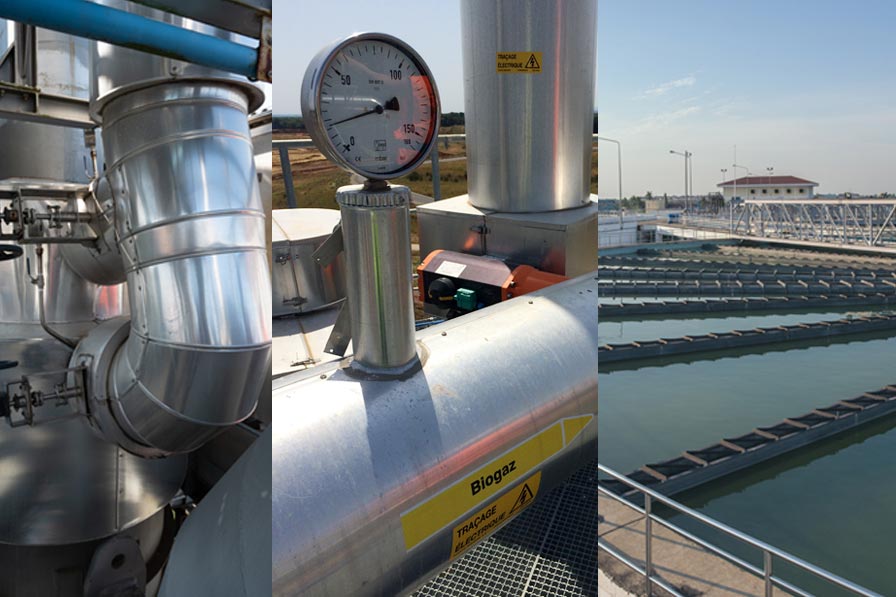Hydrothermal Gasification
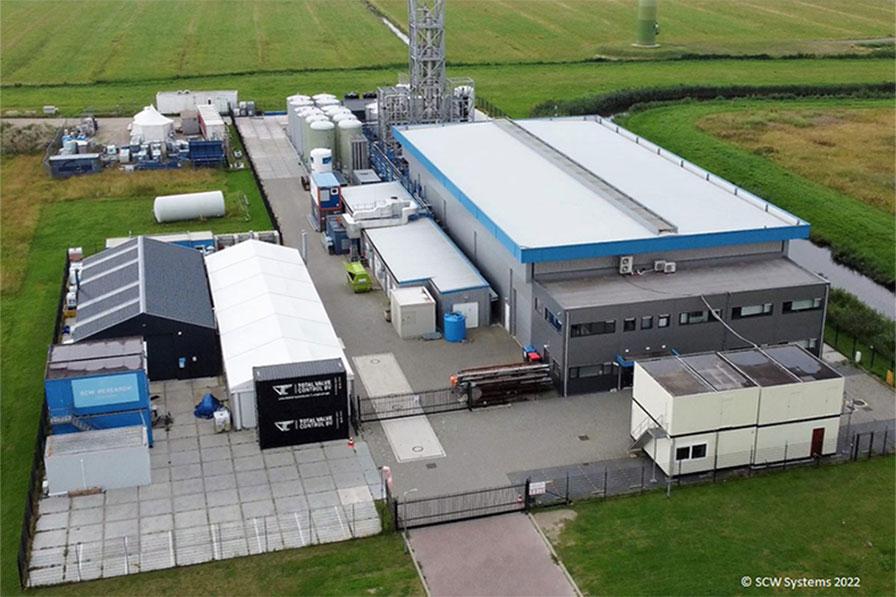
Hydrothermal gasification is one of the three production sectors supported by GRTgaz for converting waste into renewable and low-carbon gas. This innovative technology enables the treatment and recovery of wet, liquid and dry mixed waste that is rich in organic matter. It offers solutions for the regional circular economy.
Hydrothermal Gasification: how it works in 4 simple steps
Transform organic waste into renewable and low-carbon gas
Hydrothermal Gasification is a process that treats and recovers waste containing a minimum amount of carbon. France has an estimated 150 million tonnes per year that could be processed via Hydrothermal Gasification.
How does Hydrothermal Gasification work?
This thermochemical high-pressure (210-300 bars) and somewhat high-temperature (360-450°C or 550-700°C) process, which requires the presence of water, converts organic waste into syngas (a mixture composed mainly of methane, hydrogen and carbon dioxide). Its composition varies according to the characteristics of the processed input, the process employed (with or without integrated catalysis) and the operational functions (flow rate, processing time, presence or absence of a salt separator).
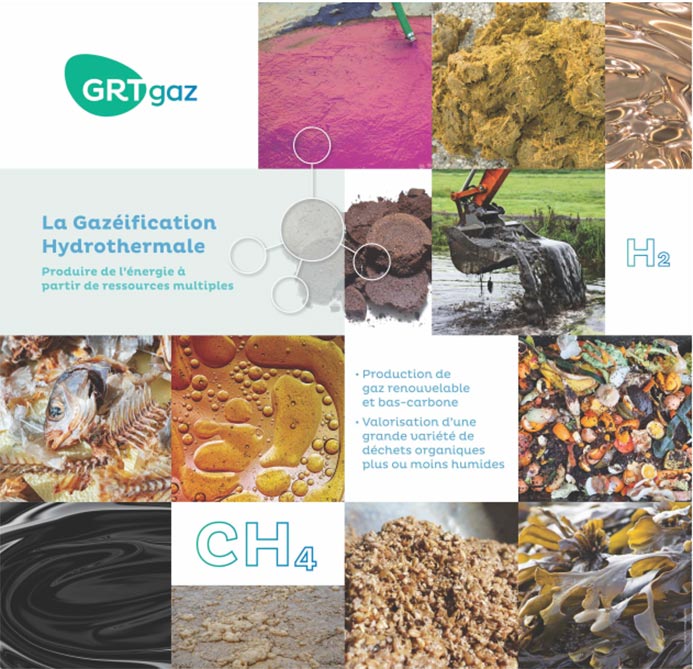
How does Hydrothermal Gasification work?
This thermochemical high-pressure (210-300 bars) and somewhat high-temperature (360-450°C or 550-700°C) process, which requires the presence of water, converts organic waste into syngas (a mixture composed mainly of methane, hydrogen and carbon dioxide). Its composition varies according to the characteristics of the processed input, the process employed (with or without integrated catalysis) and the operational functions (flow rate, processing time, presence or absence of a salt separator).
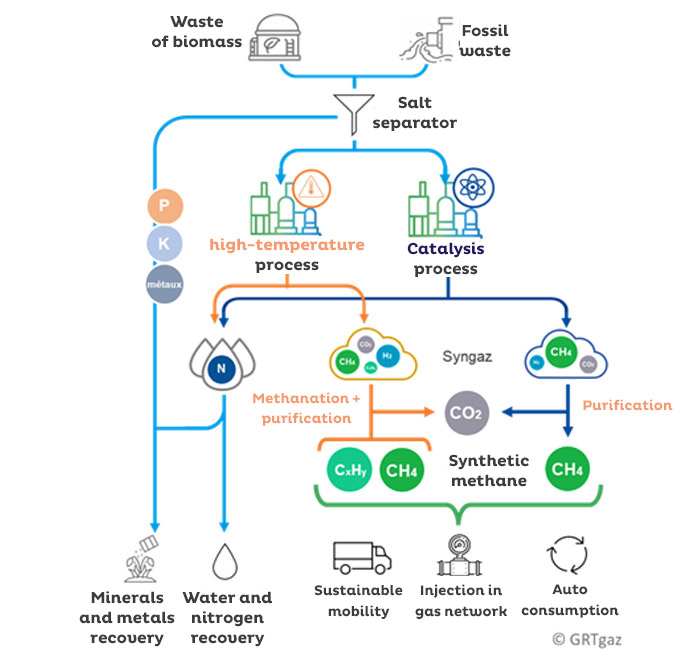
What are the features and benefits of Hydrothermal Gasification?
After the appropriate treatment, syngas – the synthetic methane produced by Hydrothermal Gasification – has the same characteristics as natural gas. It can be injected directly into the network, replacing fossil gas without the need to modify existing facilities.

How does Hydrothermal Gasification fit into the circular economy?
Hydrothermal Gasification recovers waste of biomass and/or fossil origin as renewable and low-carbon gas. In addition to gas production, and depending on the type of waste converted, it generates more or less solid and liquid biproducts. These can be reused after the appropriate processing (fertilisers (N,P,K)1, water, minerals, metals).
Depending on the type of waste converted, this technology significantly reduces, or even completely eliminates the quantity of final waste. Hydrothermal Gasification therefore has significant potential to grow the circular economy and support regional decarbonisation.
1 N,P,K = Nitrogen, Phosphorus, Potassium
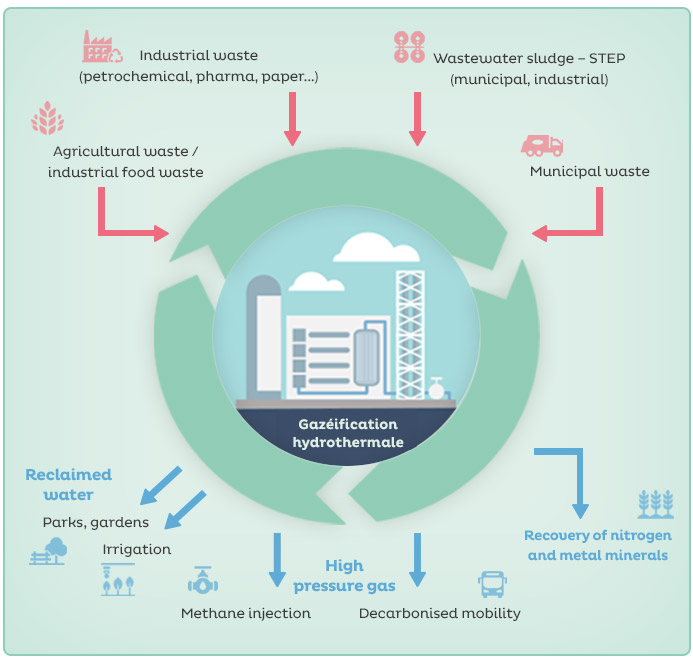
Hydrothermal Gasification: how is this sector expanding in France and in Europe?
“GRTgaz believes in the strong potential of Hydrothermal Gasification, and is committed to implementing a France-wide industrial sector by 2026/2027. Our challenge today is to speed up the sector’s structuring, the development of "Made in France" technologies and the implementation of pilot projects and demonstrators, as well as launching a Call for Expressions of Interest (CEI) followed by a Call for Projects (CFP) specific to this technology, with a public support mechanism to complete the first industrial projects by 2026/ 2027.” Robert Muhlke, Hydrothermal Gasification Manager
Where are Europe’s most advanced Hydrothermal Gasification units located?
In Europe, several stakeholders have already completed or are currently developing pilot projects and demonstrators for Hydrothermal Gasification. The head of the pack, SCW Systems from the Netherlands, had already completed its first industrial project in 2022. From 2024, as the largest unit in the world, and following the successful completion its in-depth commissioning phase in 2023, it will be able to convert up to 120,000 tonnes of waste per year into an injectable gas production of up to 140 GWh per year.

When will we see the first projects in France?
France's industrialisation of Hydrothermal Gasification is taking shape in several stages:
The publication in February 2023 of a White Paper, drafted by around ten sector stakeholders under the supervision of GRTgaz and on behalf of the National Hydrothermal Gasification Working Group (Groupe de Travail national Gazéification Hydrothermale - or GTGH). This group brings together technology developers, equipment manufacturers, integrators, waste and wastewater treatment specialists, gas companies, network operators, industrial customers, local authorities, professional associations and R&D services.
The report gives an overview of Hydrothermal Gasification and its development outlook in France by 2030. It shows the potential of this emerging technology from all angles, including reusable waste deposits, production potential, value chain stakeholders, economic assessment, etc.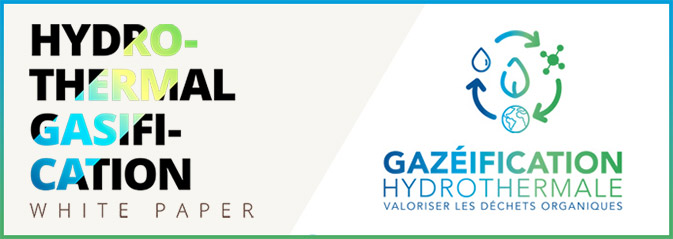
- The next step, by 2024, initially involves launching a Call for Expressions of Interest (CEI) followed by a request to launch a Call for Projects (CFP) with a public support mechanism to secure the first industrial projects by 2026/2027 and to demonstrate the technology's usefulness for the sector to the public authorities.
- At the same time, GRTgaz supports the emergence of a Hydrothermal Gasification demonstration project using sewage sludge and other biomass waste produced in CARENE, the urban community of Saint-Nazaire. The project is scheduled to be completed by 2025. It aims to test the process and optimise the design of the technology. The French developer’s final goal is to release an initial industrial-scale product for subsequent sale in France and abroad.
Goals in France:
- 2024/2025: first pilot projects and demonstration
- 2026/2027: first industrial projects
- 2030: renewable and low-carbon gas production capacity for injection into the network: ≥ 2 TWh/year
- 2050: renewable and low-carbon gas production capacity for injection into the network: ≥ 50 TWh/year
Hydrothermal Gasification
Publications

To go further
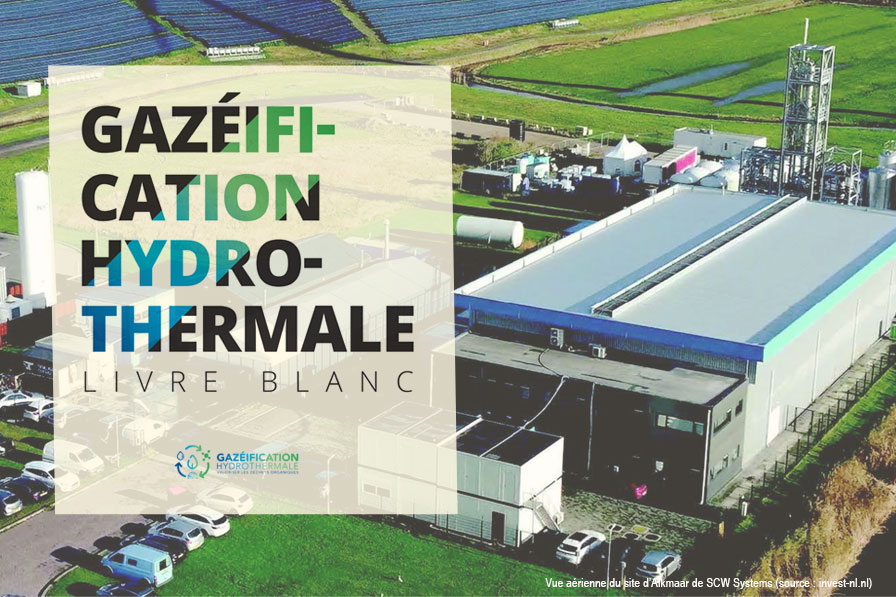
White Paper on hydrothermal gasification
